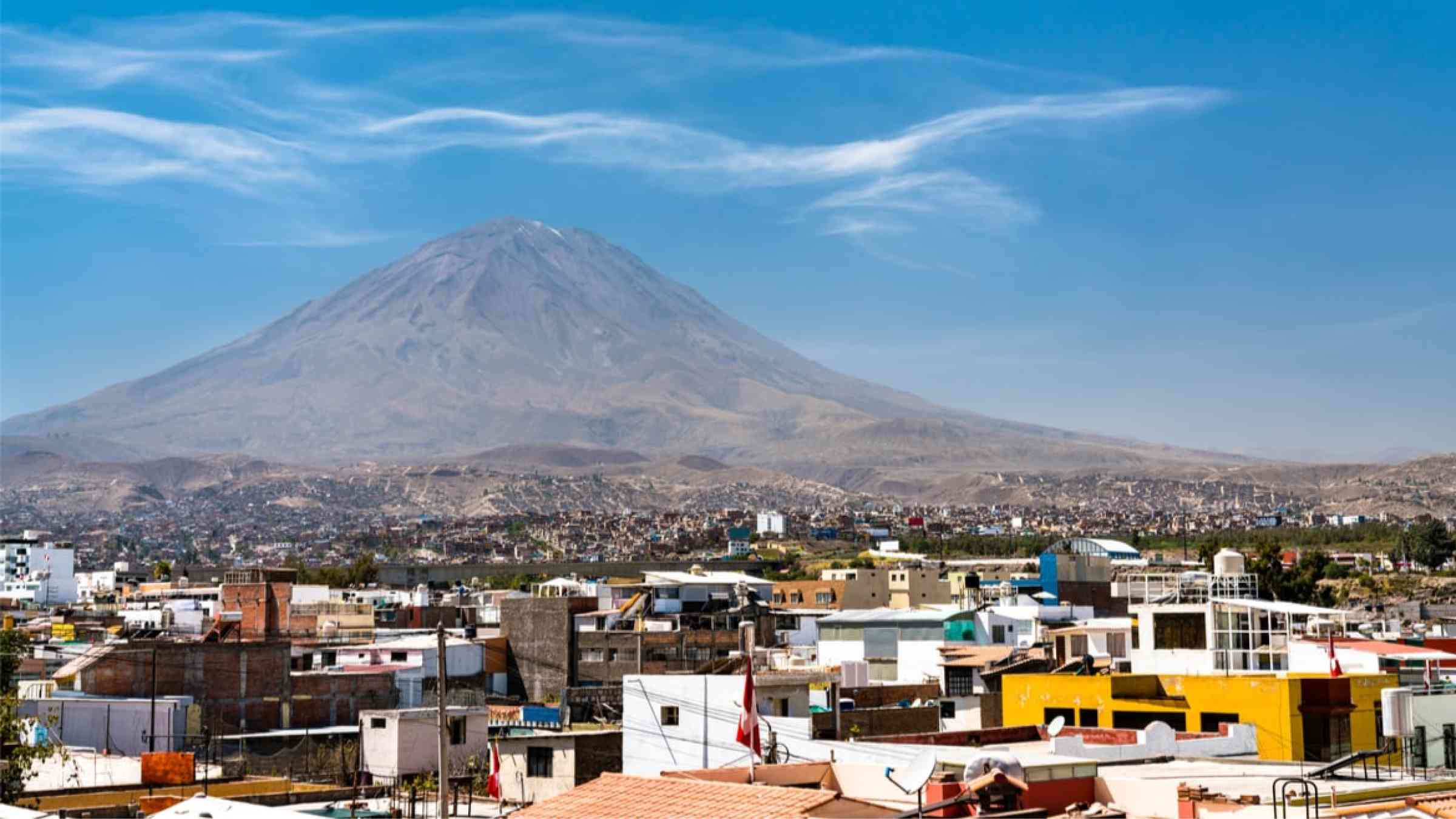How artificial intelligence is enabling disaster preparedness in Peru

In the aftermath of a storm or an earthquake, or any such “disasters”, we often wish we could have known what was coming so as to be better prepared. The truth is, however, that we have never known more about weather systems, geological events, transportation, and myriad other facets of the world we live in. This is an age of information overload and overwhelm, so the challenge is not whether such information exists, but how the general public can get relevant warnings to adjust their everyday habits in the case of high-risk situations. In Peru, Hombro a Hombro, CBi’s partner on the ground, is leveraging artificial intelligence (AI) to change the face of disaster preparedness.
They recently launched the “Central Informativa”, an information center which uses AI to gather and sort through colossal amounts of data from official public sources on a daily basis. Information about rainfall, temperature, roads, and more, gets sorted into buckets corresponding to each of the 24 regions in the country. Then, a lean team of professionals generate radio and television programmes as well as social media posts to share with media outlets as well as inform the broader public about what they can expect in the day ahead.
This repackaged information is provided for free every day at 6am based on the predictions released the day before.
A vision of collaboration and information management to save lives
With this initiative, Hombro a Hombro is bridging a gap by addressing the lack of access to official, verified information about what will happen today, thereby reducing the risk faced by citizens and communities through greater awareness.
While it is true that the Government produces information and makes it available to the public, Hombro a Hombro wanted to go a step further and translate the information so it was collated, digestible, and distributed to people wherever they were already getting their news.
Before this initiative, even if someone was interested in acting on the information available, it was too much to process. For example, for a truck driver to decide whether to use his usual route or bypass a certain road affected by rainfall, it was not realistic to expect him to peruse multiple websites and read various reports.
The initiative is also useful to companies, as it informs their risk management and operations, to keep their staff safe and their value and supply chains running.
As Juan Manuel Arribas, Director of Hombro a Hombro put it, “What we’re doing has never been done anywhere in the world, and the reason it works is because we’re bringing together the strengths of the public sector when it comes to producing incredible amounts of information, and business skills around communication and dissemination of this information in a practical way through the use of technology.”
Furthermore, the way the Central Informativa is parcelling out the information reflects an evolution in how media and communication outlets have decentralized and are favouring a regional approach. This way, someone living in the North of the country receives weather reports relevant to them rather than having to sit through a national walk through of what is going on countrywide.

An example social media post on X, warning the public about forest fires in a specific province. Photo: Hombro a Hombro
The Hombro a Hombro extra touch for disaster preparedness
While information sharing is the foundation of the Central Informativa, Hombro a Hombro is including short segments on disaster preparedness in every “package” they distribute to radio and television outlets.
These are adapted, so if the report speaks of heavy rainfall, the advice will cater to that and suggest steps to take to prepare for flooding and landslides.
The organization is also using this opportunity to reinforce messaging around the Family Emergency Plan, to ensure that communities are prepared to face any extreme weather events or sudden onset emergency.
The collaborative nature of Hombro a Hombro and the Central Informativa means that Government agencies are given credit for all the information they provide to the public. While this may seem like a given, it has fostered renewed goodwill and reinforced relationships between Hombro a Hombro and the public sector overall.
To date, 108 media outlets have partnered with the Central Informativa to disseminate the information packets daily, and Peru21 TV has even offered Hombro a Hombro a weekly five-minute slot to speak to the Family Emergency Plan and disaster preparedness. It is estimated that 1.5 million people are reached daily through this initiative.